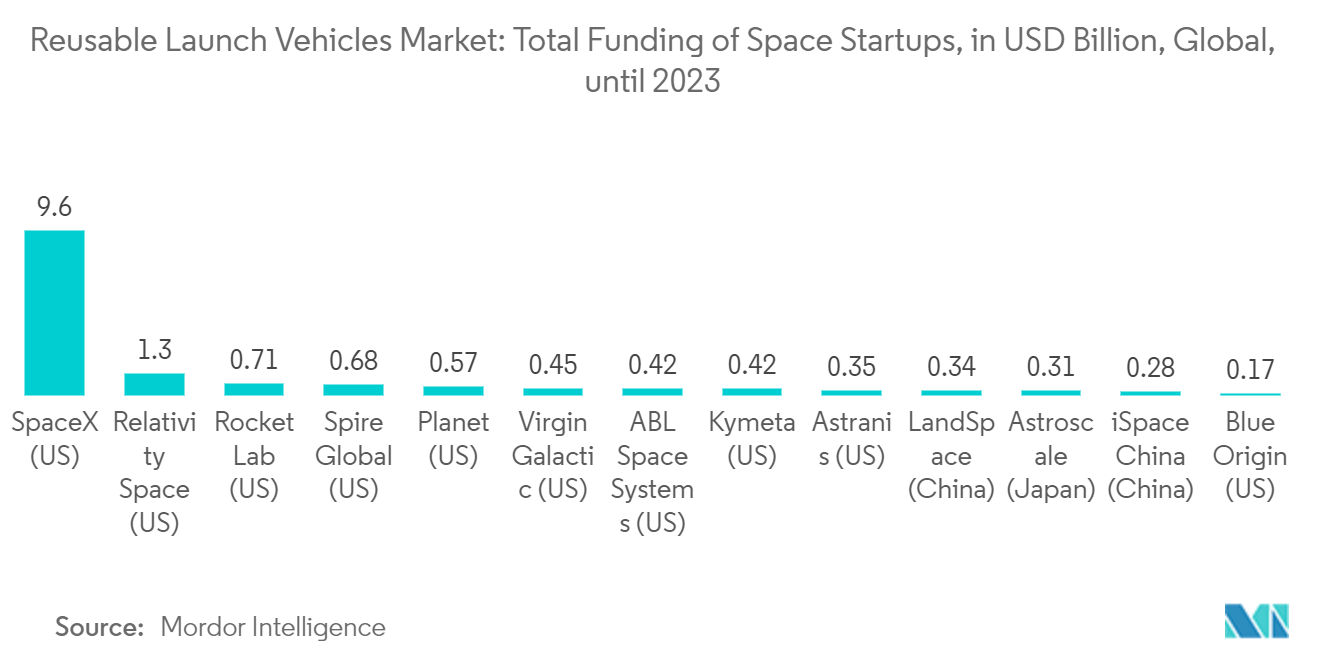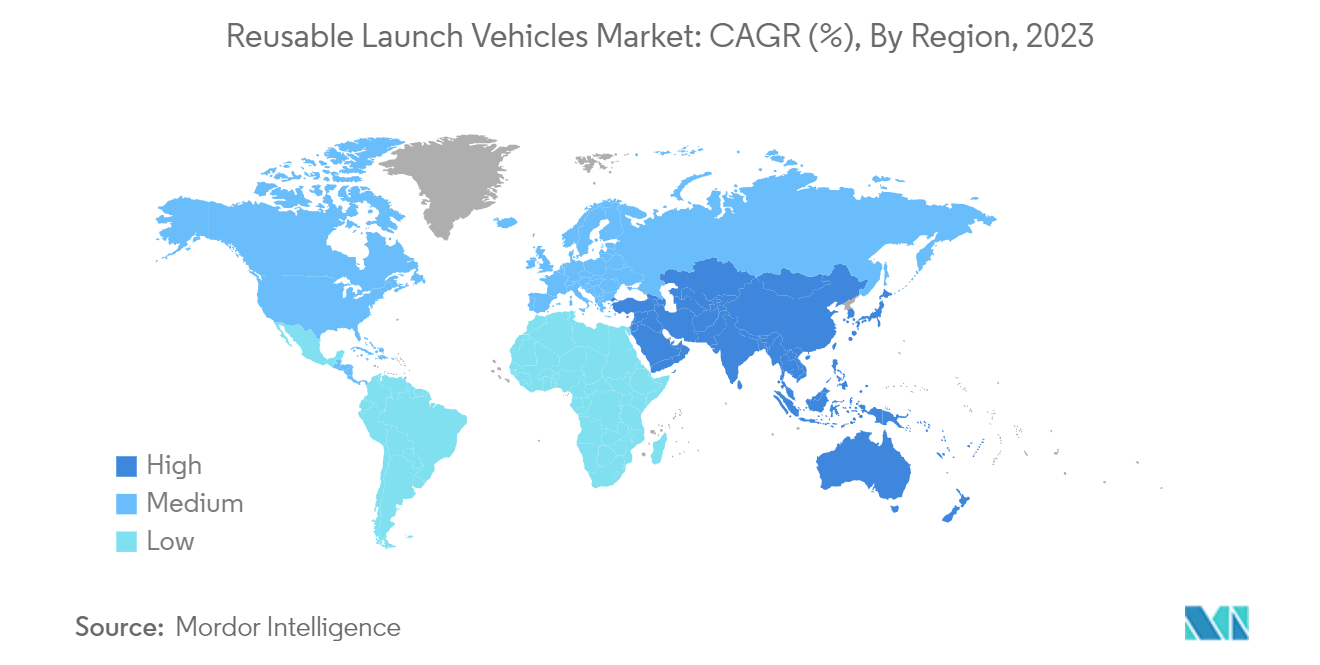Market Trends of Reusable Launch Vehicles Industry
Fully Reusable Launch Vehicles to hold the Largest Market Share in 2023
Fully reusable launch vehicles offer significant cost savings compared to partial launch systems. With the capability to return to Earth and be refurbished for subsequent launches, these launch vehicles significantly reduce the expenses associated with manufacturing new rockets for each mission. Fully reusable launch vehicles are also preferred due to increasing concerns about environmental impact, as they present a more sustainable option for space exploration by minimizing the amount of waste produced during launches.
Fully reusable launch vehicles enable more frequent space missions by reducing turnaround times between launches. This accessibility opens up opportunities for more applications, including satellite deployment, space tourism, and scientific research. Moreover, there is a rise in investment and funding for OEMs developing fully reusable launch vehicles, indicating confidence in the fully reusable launch vehicle potential.
In October 2023, reusable rocket startup Stoke Space Technologies Inc. announced USD 100 million in new funding to finance the development of its first-stage rocket engine and the orbital version of its reusable second-stage rocket engine and pay for new construction at the Cape Canaveral Space Force Station. Stoke Space is developing next-generation space vehicles and technologies, including a fully reusable space launch vehicle called Nova.
The demand for fully reusable launch vehicles market is expected to surge, driven by advancements in technology, increasing demand for space exploration, and expanding commercial applications. As fully reusable launch vehicles become more reliable, they are likely to expand beyond traditional space missions to support new applications, such as space mining and interplanetary exploration.

Asia-Pacific is Expected to Register the Highest CAGR During the Forecast Period
China-based iSpace company has gradually increased its investments towards developing advanced technology for reusable launch vehicles. The company is currently developing Hyperbola-2, a 28-meter-tall, 3.35-meter-diameter liquid oxygen-methane launcher capable of launching more than 1,100 kgs of payload into a 500-kilometer Sun-synchronous orbit (SSO) or 800 kgs of payload when the first stage is to be recovered and reused. China is now eyeing new milestones as it aims to develop reusable rockets like SpaceX's Falcon-9. The next generation of launch vehicles will likely transport crew and cargo to the Tiangong space station.
Japan's aerospace industry has a strong international reputation, particularly in research and development (R&D). It has recently shifted its focus from R&D to commercializing space technology. Japan's aerospace industry is constantly developing and promoting its satellite systems, space development initiatives, transportation programs, and focusing on reusable launch vehicles.
The Indian Space Research Organization, ISRO, is developing RLV-TD, an eventual two-stage-to-orbit (TSTO) reusable launch vehicle, to lower the cost of access to space. Moreover, In September 2021, the Indian Space Research Organization (ISRO) announced that it was working on technologies that would enable it to land the GSLV Mk-III launch vehicles vertically, like what SpaceX is doing, and to recover the first and second stages. This will likely enable the space agency to reuse the GSLV Mk-III, thus helping it save money. Such developments are propelling the growth of the reusable launch vehicles market in the region.


